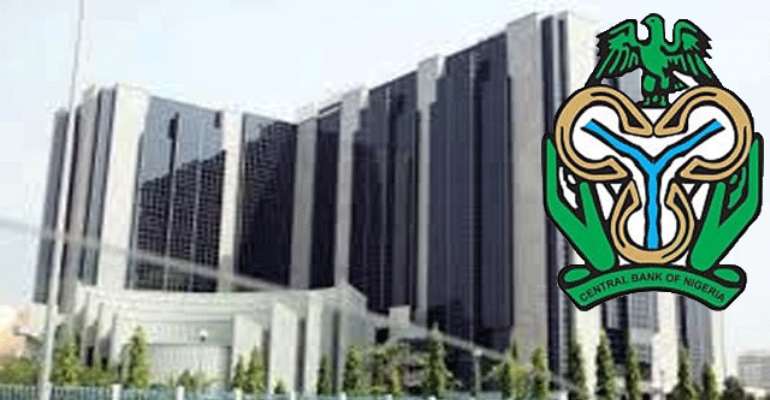CBN jacks up CRR on public sector funds to 75%

The Central Bank of Nigeria (CBN) on Tuesday did the unexpected: raise banks' Cash Reserve Requirement (CRR) on public sector deposits from 50 per cent to 75 per cent, while keeping the Monetary Policy Rate unchanged at 12 per cent.
The bank, which announced this major policy measure after its Monetary Policy Committee (MPC) meeting (first in the year), however left the CRR on private deposits unchanged at 12 per cent.
These measures were announced by the CBN Governor, Mallam Sanusi Lamido Sanusi, at the end of the two-day meeting in Abuja.
Sanusi, who addressed journalists after the meeting, said that the new regime on CRR on public sector funds would take effect from February 4. Sanusi, who read the committee's communiqué, said all members voted for an increase in CRR on public sector deposits from 50 per cent to 75 per cent.
The CRR is the amount of funds that the banks have to keep as reserves, not to be lent out. If the central bank decides to increase the CRR, the available amount with the banks comes down. The CBN uses the CRR to drain out excessive money from the system
Other key policy rates, however, were kept unchanged, with the Monetary Policy Rate (MPR), the benchmark for interest rates, maintained at 12 per cent, while the liquidity ratio was held at 30 per cent.
The MPR is the rate at which the CBN lends to commercial banks and determines the cost of funds at any adjustment.
Sanusi also said that the committee agreed it was time to address the foreign exchange supply imbalance to the bureaux de change (BDC), which is blamed for the widening gap between official and BDC rates.
He highlighted the huge differential between the official rates and BDC rates, saying that while the official rate of the naira opened with N157 to the dollar in 2013, it closed at N157.6, the rate at the BDC was different as it closed at N170 to the dollar from an opening position of N159.5, a depreciation of over 7 per cent.
The central bank said it was mulling over the possibility of reversing the administrative limit placed on the amount BDCs could sell foreign exchange.
It also agreed to to redress the supply-demand imbalance in the BDC segment while maintaining its focus on anti-money laundering (AML) activities.
Sanusi said that developments in the economic environment do not conduce to any monetary easing this year.
He said that the bank indeed foresees 2014 as a difficult period for both the monetary and fiscal authorities on the back of recent external sector developments.
According to him, although the MPC welcomed the sustained stability of the exchange rate and single digit inflation in 2013, it identified four key concerns for policy in the short- to medium-term.
He listed them as follows: the depletion of fiscal buffers following the continuing decline in oil revenue, rundown of reserves and depletion of excess crude oil savings; falling portfolio and FDI inflows; widening gap between the official and the BDC exchange rates; and an increase in core inflation.
He said that the committee again expressed concern over the continued depletion of the Excess Crude Account (ECA), which balance stood at less than $2.5 billion on January 17, 2014 compared with about $11.5 billion in December 2012.
'This absence of fiscal buffers increased our reliance on portfolio flows thus, constituting the principal risk to exchange rate stability, especially with uncertainties around capital flows and oil price, he said.
The governor did not rule out further tightening measures if developments warrant the.
According to him, 'My view has always been that we've not come to the end of the tightening cycle. The central bank should continue tightening so long as tightening is required and obviously there's a limit to how much you can continue raising the interest rate or increase CRR.
